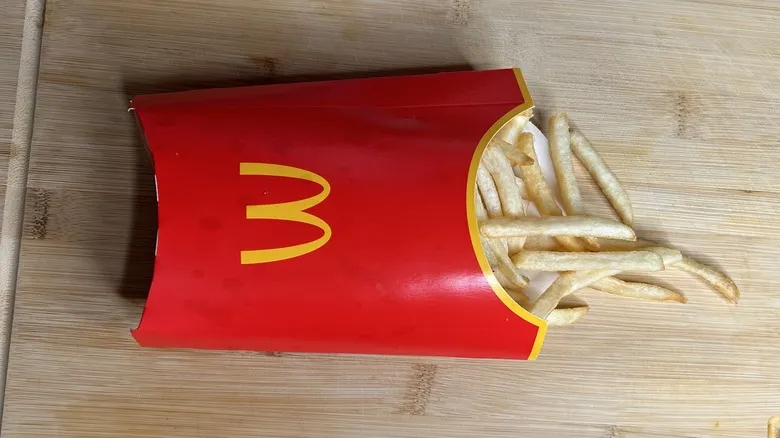When would you use beechwood aging?
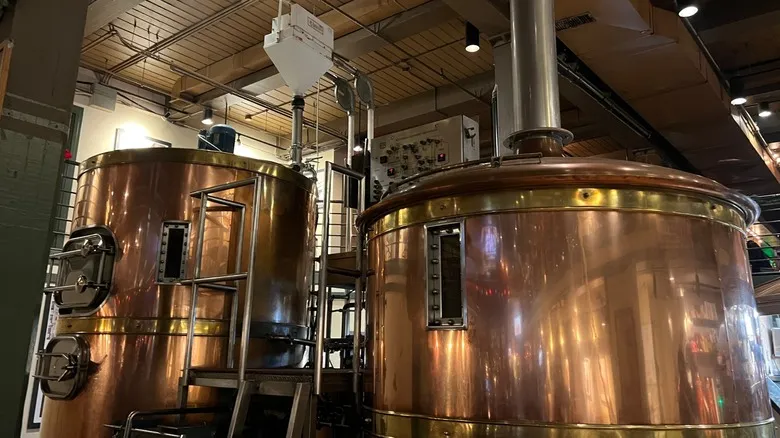
Budweiser, which is owned by Anheuser-Busch InBev—a company with a significant presence in the beer industry—serves as a notable example of a brand that employs beechwood aging. It's important to highlight that beechwood aging is specifically applied to lagers, rather than ales, with Budweiser being a prominent lager itself. Lagers are bottom-fermenting beers, meaning the yeast settles at the bottom of the brewing vessel. The beechwood chips, which the yeast can adhere to, help distribute the yeast more evenly throughout the tank. This process allows more liquid to come into contact with the yeast compared to if it were simply resting at the bottom of the fermentation mixture. As a result, the beer is much clearer, which is one reason why Budweiser continues to promote this technique.
However, it's worth mentioning that this process isn't strictly necessary, even for lagers. The beechwood chips are thoroughly sterilized to eliminate any chance of imparting flavor, so their primary function is to enhance the beer by clarifying it and assisting the yeast in its fermentation process. While these are beneficial attributes, skipping this step wouldn't ruin your beer. Nevertheless, if your aim is to achieve that ideal image of a crystal-clear, smooth lager, beechwood aging can certainly help you achieve that.
Recommended

How To Tell If A Beer Bar Is Worth Your Time
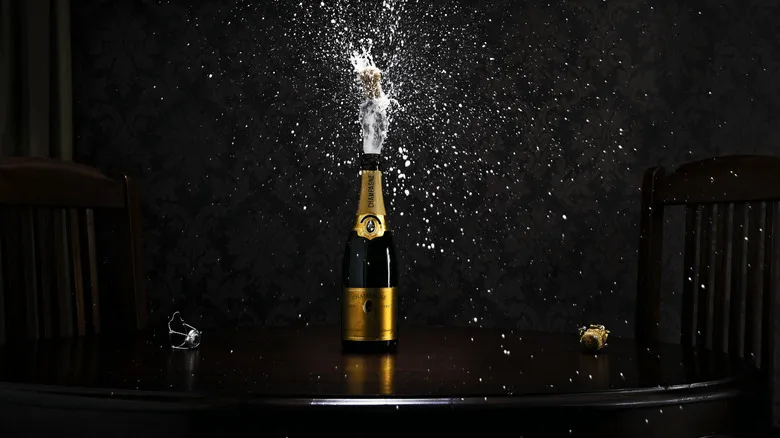
What Does Extra Dry Champagne Actually Mean?
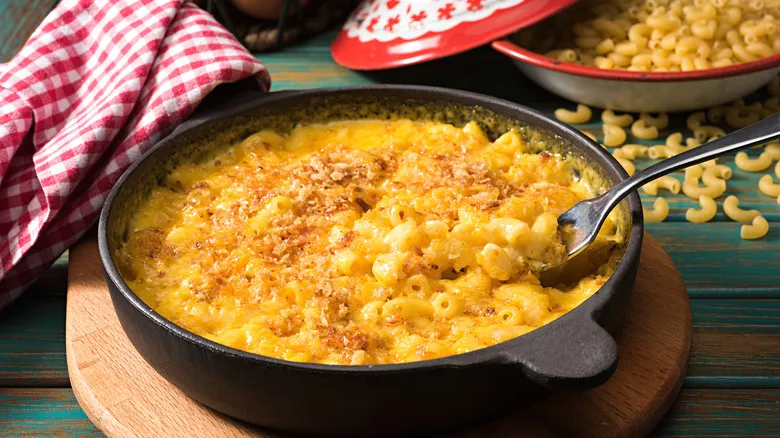
The Right Way To Add Beer To Your Mac And Cheese
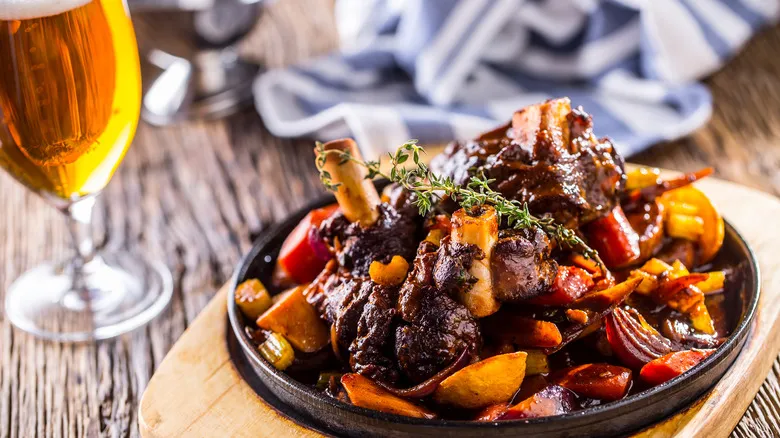
The Type Of Ale That Pairs With Lamb Dishes Like A Dream
Next up


